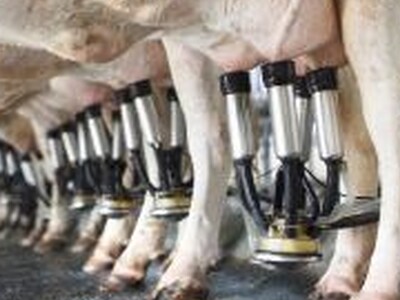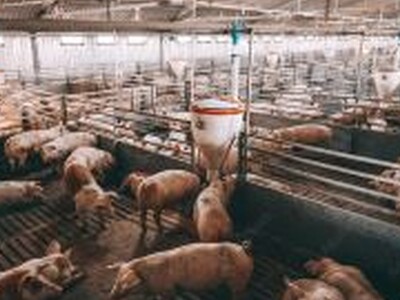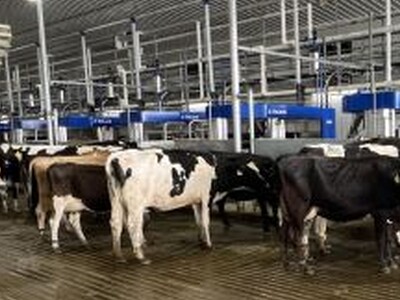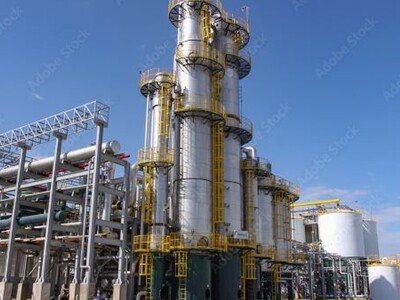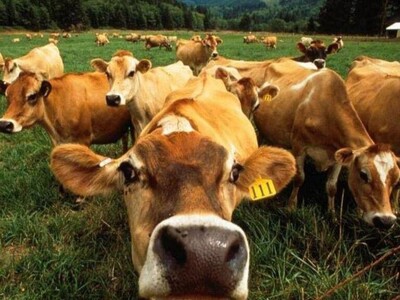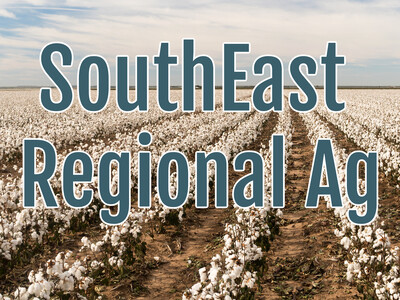Drought Resistant Wheat
WSU Ph.D. candidate and researcher, Megan Lewien. The arid dryland farms of the Palouse rely on rainwater instead of irrigation systems. In the winter of 2014-15, mild temperatures and lots of rain brought on an early growing cycle followed by a state-declared drought in May. That year alone indicated the resilience needed for efficient wheat production.
While yield and temperature projections are often anecdotal far ahead of a growing season, it is important to create varieties that can not only survive natural hurdles, but thrive.
Aside from throwing off growing cycles and causing logistical trouble for farmers, changing climates and fluctuating temperatures have direct adverse effects on the entire wheat plant. By creating varieties of wheat that retain water more efficiently (i.e. broader root systems, denser canopy), and stay green through peak summer heat, yields can be increased relative to rising temperatures and farmers can avoid taking costly special action.
Resilience in Wheat Varieties
Ph.D. candidate and researcher, Megan Lewien’s process is meant to validate the work of those who gathered the data before her—and then to pass her own on to be validated itself—to efficiently meet the goal of establishing new wheat varieties for those with shared interest.
The lines used for testing were previously developed by a team at Montana State University, and took years to develop using funds from a $25 million USDA grant disbursed to different institutions to improve wheat and barley germplasm for changing environments. Lewien picked up the project two years ago after conducting similar research on corn in California.
Climate-controlled growing chambers allow her to create precise temperature and water conditions for controlled screens. After applying high temperatures, she measures individually potted varieties for chlorophyll fluorescence and greenness of the leaf. The pigment reflects the photosynthetic parameters of the plant and overall yield potential. Photosynthesis drives plant productivity; however, photosynthesis is an extremely heat sensitive process. Heat stress can reduce carbon-dioxide assimilation, cause plant membrane disorganization, and severely damage the photosynthetic apparatus. Reduced photosynthetic capacity lowers the plant’s productivity and therefore decreases yield.
Lewien eventually plants those varieties in field plots at Spillman Research Farm, located five miles outside of Pullman, Wash., where six-foot by 12-foot plots provide a proper canopy for reflectance and water retention to be studied. The field portion of Lewien’s project brings the most obstacles. Unpredicted weather, insects and weeds often interfere with her data collection. Basic physiological measurements are also taken, and it is easy to spot in the field which types are more promising than others. Even if no correlations are found between the tested stress and grain yield, results will still be published to help others troubleshoot their own tests.
Drawers full of seed line the walls of the Agronomy Seedhouse on WSU’s campus, to be grown in greenhouses and at the research farm. By observing, analyzing and evaluating phenotypes (described as physical, visible traits of a plant), she can pinpoint which plants best handle the specific stresses. While certain phenotypes react in ways visible to the naked eye, precise measurement of chlorophyll concentration in individual plants is required to compile the database Lewien wants and to validate her research.
Once field and greenhouse research is complete and plants with desirable traits are selected, the second phase of Lewien’s project begins. She will genotype all her plants and then use statistical software to pinpoint connections between the various phenotypes and the genes that activate them. These connections then will be used to figure out which crosses would produce a resilient plant with a high yield.
This analysis meets the goal of the program, but a secondary goal of every wheat researcher is to build off of each other’s conclusions. Lewien is studying her wheat inside a phenomics chamber, another climate controlled chamber fitted with lights that flash different wavelengths of light at the plant to measure its reflective capacities. If she can prove effectiveness with the chamber, plant breeders can begin using a high-tech tractor fitted with similar technology to cover entire plots, vastly expediting the process.




